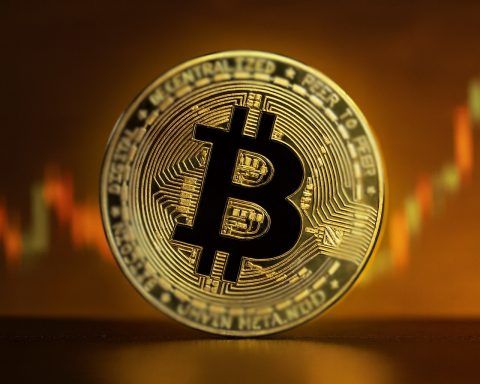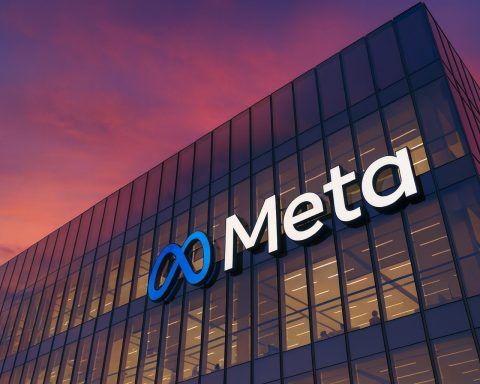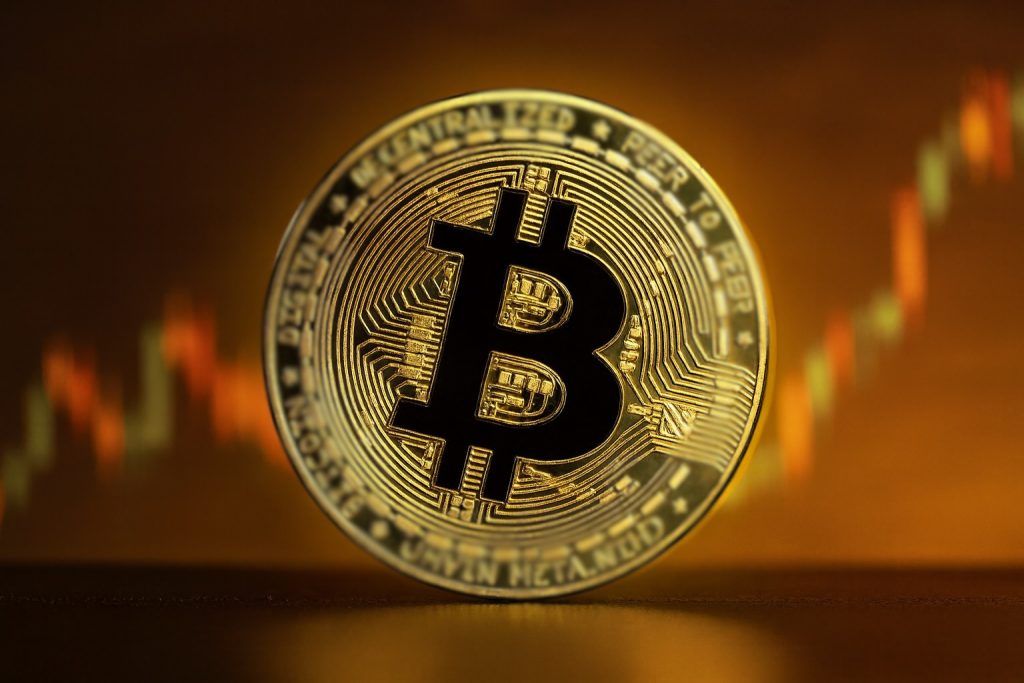Mumbai / New Delhi | November 18, 2025
Indian edtech unicorn PhysicsWallah made a blockbuster debut on the stock exchanges today, delivering one of 2025’s strongest new‑age listings and sending founder Alakh Pandey and co‑founder Prateek Boob into the ranks of India’s newest billionaires.
Shares listed at a 33% premium to the IPO price and surged as much as 48–49% intraday, briefly valuing the company at about $5.2 billion (₹44,000–45,000 crore). [1]
The debut caps an extraordinary journey: from a one‑man YouTube channel started in 2016 to a listed edtech giant that public markets are now treating as the sector’s new poster child—just as rivals like Byju’s and Unacademy struggle. [2]
PhysicsWallah share price today: Listing pop, intraday high and closing value
The IPO was priced at ₹109 per share, the top of a ₹103–109 band. [3]
On listing day (November 18, 2025):
- NSE listing price: ₹145 per share, about 33% above the issue price. [4]
- BSE listing price: Around ₹143.10, a 31% premium. [5]
- Intraday high: Between ₹161.99 and ₹162.05, roughly 48–49% above the IPO price. [6]
- Day’s range: Mint data shows the stock trading roughly between ₹138.5 and ₹162 during the session. [7]
There is a slight divergence in reported closing levels:
- New Indian Express pegs the close at ₹156.49, up 44% from the IPO price, implying a market cap of about ₹44,751 crore. [8]
- Fortune India reports a closing price of ₹155.20, describing a 42.39% gain and an end‑of‑day market cap around ₹44,382 crore. [9]
Taken together, exchange and media data indicate that PhysicsWallah ended its first session roughly 42–44% above the issue price, decisively beating grey‑market expectations and listing forecasts. [10]
How much did IPO investors make per lot?
Retail investors could bid for a minimum of one lot of 137 shares. [11]
- At the IPO price (₹109), one lot cost roughly ₹14,933.
- At the NSE listing price (₹145), that lot was worth ₹19,865—a notional gain of about ₹4,900 per lot before taxes and brokerage, if an investor sold immediately at the open. [12]
Broker Upstox highlighted the same ₹19,865 figure as the value per lot at listing, underlining why today’s debut is being celebrated across retail‑investor circles. [13]
For those who held through the day, the notional gains were even higher at the intraday peak near ₹162, before the stock cooled off into the close.
Inside the ₹3,480‑crore PhysicsWallah IPO
The PhysicsWallah IPO raised about ₹3,480 crore (₹34.8 billion) in total. [14]
The issue structure:
- Fresh issue: ~₹3,100 crore of new equity
- Offer for sale (OFS): ~₹380 crore, primarily by co‑founders Alakh Pandey and Prateek Boob, who each sold shares worth about ₹190 crore. [15]
Subscription pattern (based on exchange and post‑issue data):
- Overall subscription: around 1.8–1.9x (bids for roughly 33.6 crore shares against 18.6 crore on offer). [16]
- QIB (Qualified Institutional Buyers): about 2.7–2.9x subscribed, led by mutual funds and foreign portfolio investors. [17]
- Retail investors: modest oversubscription of roughly 1.1x. [18]
- Non‑institutional / HNI investors: weaker appetite, with bids under 0.5x their allocated quota. [19]
- Employees: robust interest with the employee portion subscribed more than 3x, helped by a ₹10‑per‑share discount. [20]
Ahead of the IPO, PhysicsWallah also raised about ₹1,563 crore from 57 anchor investors, including global funds such as Think Investments, signalling strong institutional conviction despite the broader edtech chill. [21]
Where the IPO money will go: betting big on hybrid education
PhysicsWallah’s prospectus and analyst notes show a clear use‑of‑funds roadmap focused on its offline + online “hybrid” model: [22]
- Offline & hybrid centres: Around ₹460–₹461 crore earmarked as capex for opening new large‑format Vidyapeeth and smaller‑town Pathshala centres.
- Lease payments: Roughly ₹548 crore for rentals and related costs of existing centres.
- Marketing: About ₹710 crore to deepen brand visibility and acquisition, even though the company still leans heavily on organic reach.
- Technology & cloud infrastructure: Nearly ₹200 crore for servers and platform upgrades.
- Acquisitions & subsidiaries: Investments into regional players such as Xylem Learning and Utkarsh Classes, and further inorganic expansion. [23]
In short, this IPO is designed less as an exit event and more as a war chest for a capital‑heavy offline push, even as PhysicsWallah keeps its digital backbone intact.
From Allahabad YouTube tutor to listed edtech giant
To understand why today’s listing carries emotional weight far beyond stock prices, it helps to rewind.
- In 2016, Pandey began uploading free physics lectures on YouTube from his hometown of Allahabad (now Prayagraj). His Hinglish explanations and affordable approach quickly built a grassroots following among aspirants for JEE, NEET and other entrance exams. [24]
- By 2020, PhysicsWallah had launched its own app and website, expanding into chemistry, maths, biology and more competitive exams. [25]
- The startup remained bootstrapped and profitable until June 2022, when it raised $100 million (around ₹777 crore) from WestBridge Capital and GSV Ventures, becoming a unicorn at a $1.1‑billion valuation—its first institutional round. [26]
- In September 2024, PhysicsWallah raised about $175–210 million in Series B led by Hornbill Capital, at a valuation of $2.8 billion, still modest compared with the billions raised (and spent) by more aggressive edtech peers. [27]
Over the last two years, the business has shifted from being a low‑cost online disruptor into a full‑fledged hybrid coaching network:
- Revenue grew from about ₹772 crore in FY23 to ₹3,039 crore in FY25, implying a two‑year CAGR of roughly 100%. [28]
- Offline revenue surged from ₹281 crore to ₹1,352 crore over the same period, as the company opened nearly 200+ centres across 100+ cities. [29]
- As of June 30, 2025, PhysicsWallah reported about 4.13 million online transacting users, 0.33 million offline students, and over 13.7 million YouTube subscribers, with 303 centres and more than 6,200 faculty members. [30]
Financially, the pivot is starting to pay off:
- FY25 revenue: ~₹3,039 crore, up 51% year‑on‑year.
- FY25 net loss: ~₹243 crore, sharply lower than the ₹1,131‑crore loss in FY24, partly due to one‑off write‑offs earlier. [31]
- EBITDA finally turned positive (~₹193 crore in FY25), giving investors comfort that scale and unit economics can coexist. [32]
The Ken’s thesis: escaping “startup math” and keeping control
This week, The Ken framed PhysicsWallah’s journey as an antidote to the usual venture‑funded playbook, describing how the company “escaped the startup math of giving everything away” while many rivals ceded control to investors. [33]
The numbers back that narrative:
- Pre‑IPO, promoters held around 80–81% of the company, split almost equally between Pandey and Boob at roughly 40% each. [34]
- Even after selling shares worth about ₹190 crore each in the OFS, both founders still own more than 103 crore shares apiece, leaving them with individual stakes valued at over ₹16,000 crore at listing‑day prices. [35]
Contrast that with several other edtech startups where founders now hold minority positions after multiple funding rounds and down‑rounds. PhysicsWallah raised just two institutional rounds before going public, totalling a little over $300 million, while maintaining profitability for much of its early life. [36]
That’s the crux of The Ken’s argument: public markets are now testing whether a capital‑efficient, founder‑controlled edtech can succeed where heavily funded peers stumbled.
Today’s IPO pop suggests many investors are willing to give that bet the benefit of the doubt.
Sector signal: A rare bright spot in bruised Indian edtech
PhysicsWallah is the first major Indian edtech firm to list after the spectacular fall of Byju’s (which at its peak claimed a $22‑billion valuation) and restructuring at unicorns such as Unacademy and Vedantu. [37]
Reuters notes that:
- The IPO initially targeted a valuation of about $3.19 billion, but strong listing‑day trade pushed the market cap to around $5.2 billion, outpacing unlisted peers like upGrad and Unacademy. [38]
- India’s broader IPO market is on track for a record year in 2025, with over 300 companies raising roughly $16.6 billion so far—PhysicsWallah now joins that cohort as a flagship consumer‑internet listing. [39]
In the words of one fund manager quoted by Reuters, the listing “underscores renewed investor interest in the edtech sector,” provided companies demonstrate disciplined growth, realistic pricing and a path to profitability. [40]
Why analysts are optimistic — and cautious
Brokerage notes and market commentary around the IPO and listing highlight a mix of strengths and risks:
What’s working in PhysicsWallah’s favour
Analysts point to several positives: [41]
- Brand and community: a massive, loyal base of online learners built through free YouTube content and low‑priced courses.
- Hybrid model: a funnel where students discover content online and then upgrade into higher‑ticket offline or hybrid classroom programmes.
- Affordability: course fees typically undercut traditional coaching giants, giving PhysicsWallah a strong value‑for‑money perception.
- Scale with discipline: despite rapid expansion, the company has kept marketing spends relatively efficient thanks to organic reach and word‑of‑mouth.
- Improving financial metrics: revenue growth near triple digits over two years and a clear trend toward lower losses and positive operating profit.
Where the red flags lie
But the risk list is equally real: [42]
- Capital‑heavy offline push: running 300+ centres requires high fixed costs—rent, teacher salaries, and infrastructure. Each new centre can take 18–24 months to break even.
- Teacher dependence: PhysicsWallah is, at heart, a teacher‑brand business. Faculty attrition of 25–30% annually, plus poaching by rivals, can hurt both quality and student acquisition.
- Regulatory sensitivity: exam‑prep demand is tightly linked to policies around tests like NEET, JEE and government‑job exams; sudden changes can disrupt entire verticals.
- Valuation premium: at the IPO price, several analyses pegged PhysicsWallah at around 10x FY25 sales, far higher than legacy listed education companies that often trade below 4x. The listing‑day pop only stretches that multiple further. [43]
Commentary from wealth managers quoted in outlets like Fortune India and The New Indian Express has broadly suggested that allottees could consider booking partial profits while holding a portion for the medium term, but with tight stop‑loss levels given the rich valuation and execution risk. [44]
Important: This article is for information and news purposes only and should not be treated as investment advice. Investors should consult a registered financial adviser before making decisions.
The viral moment: Shivani Dubey cheering on listing day
Amid the numbers, perhaps the most widely shared clip of the day wasn’t from the trading screen—it was from the viewing gallery.
A short video published by Hindustan Times’ Trending Desk and credited to the NSE’s live stream shows Alakh Pandey’s wife, journalist Shivani Dubey, cheering from the gallery during the listing ceremony, as the company’s shares made their market debut. [45]
The post notes that:
- The IPO was subscribed nearly two times by the close of bidding. [46]
- Pandey and Dubey, who married in February 2023 in an intimate ceremony, were now sharing a very public milestone on the trading floor. [47]
The clip quickly circulated across social platforms and news aggregators, adding a human, emotional layer to what might otherwise have been just another ticker symbol debut. For millions of students and parents who associate PhysicsWallah with a “teacher next door” persona rather than a faceless startup, that image of a visibly supportive partner cheering from the stands reinforces the brand’s grassroots, relatable narrative.
What today’s PhysicsWallah IPO really signals
Put together, three storylines converged on November 18, 2025:
- A market verdict:
Public investors rewarded PhysicsWallah with a 33% listing premium and up to 49% intraday jump, even after a relatively subdued IPO subscription, signalling strong faith in founder‑led execution and the hybrid edtech model. [48] - A founder‑first experiment:
Unlike many high‑burn startups, PhysicsWallah reached the public markets having raised modest capital, retained founder control and kept a clear line of sight to profitability. The Ken’s framing of “escaping the startup math of giving everything away” captures why this listing is being watched so closely across India’s startup ecosystem. [49] - A sector‑level reset:
In a year when Indian edtech was largely written off by venture capital, PhysicsWallah’s successful listing, strong anchor interest and robust first‑day trade offer a rare positive data point—but one that comes with high expectations on governance, execution and sustainable growth. [50]
Dalal Street has given Alakh Pandey a powerful vote of confidence. The next exam won’t be about physics formulas on a blackboard, but about something arguably tougher: scaling an education empire in public view without losing the frugality, trust and accessibility that built it.
For now, at least, the marks on Day 1 look stellar.
References
1. www.reuters.com, 2. finshots.in, 3. upstox.com, 4. m.economictimes.com, 5. m.economictimes.com, 6. www.reuters.com, 7. www.livemint.com, 8. www.newindianexpress.com, 9. www.fortuneindia.com, 10. www.newindianexpress.com, 11. upstox.com, 12. upstox.com, 13. upstox.com, 14. upstox.com, 15. upstox.com, 16. www.fortuneindia.com, 17. www.fortuneindia.com, 18. www.fortuneindia.com, 19. www.fortuneindia.com, 20. m.economictimes.com, 21. m.economictimes.com, 22. upstox.com, 23. upstox.com, 24. finshots.in, 25. finshots.in, 26. techcrunch.com, 27. techcrunch.com, 28. finshots.in, 29. finshots.in, 30. m.economictimes.com, 31. m.economictimes.com, 32. m.economictimes.com, 33. the-ken.com, 34. inc42.com, 35. www.fortuneindia.com, 36. techcrunch.com, 37. www.reuters.com, 38. www.reuters.com, 39. www.reuters.com, 40. www.reuters.com, 41. finshots.in, 42. finshots.in, 43. finshots.in, 44. www.newindianexpress.com, 45. www.hindustantimes.com, 46. www.hindustantimes.com, 47. www.hindustantimes.com, 48. www.reuters.com, 49. the-ken.com, 50. www.reuters.com






